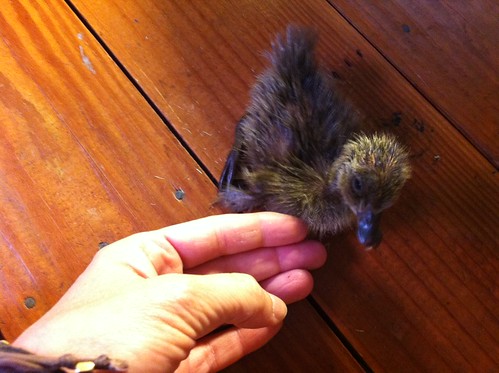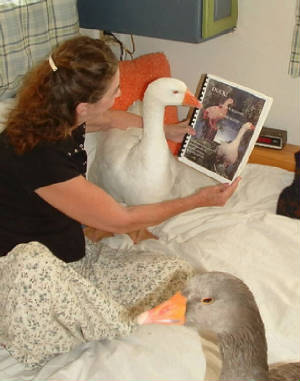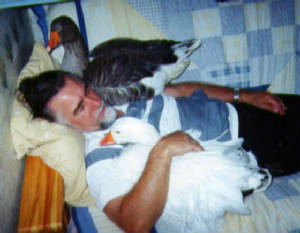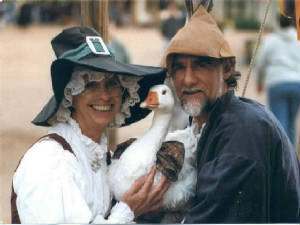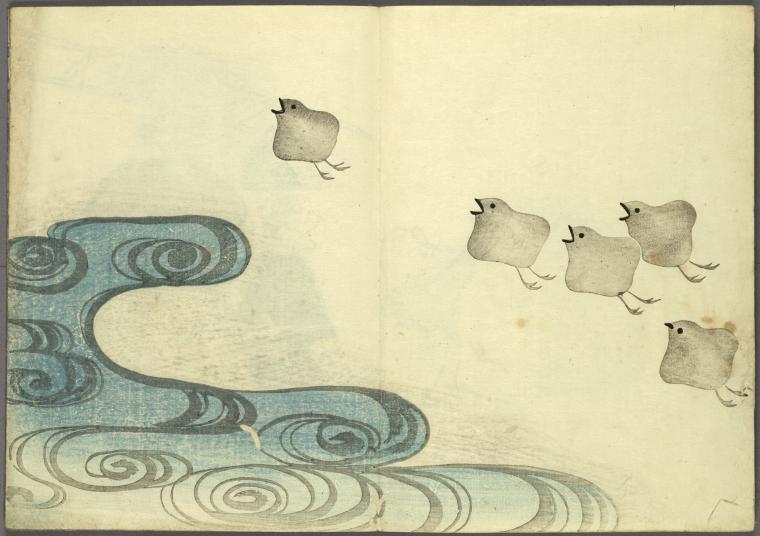
I’m visiting awesome friends Ruth and Oliver in Cortes, They have been incubating and raising Khaki Campbell ducks for a couple of years. They’re apparently excellent egg layers (averaging 300 a year!) but apparently this breed fixity on pumping out eggs has created unreliable (characterized hesitantly as terrible) mothers.
So Ruth and Oliver set a clutch of 10 eggs in the incubator 28 days before I landed on July 30, and right on schedule, one hatched late that night. Apparently around midnight, another one hatched and two more have broken the outer layer of their shells. So I am trying to sort out whether to ‘adopt’ one for the duration of my stay. I can’t take it to Brooklyn when I leave in 2 weeks.My questions: is it mean to isolate the duckling for my bonding pleasure? Is 2 weeks too soon to rip it from its mother (me) and introduce it to its duck brethren?
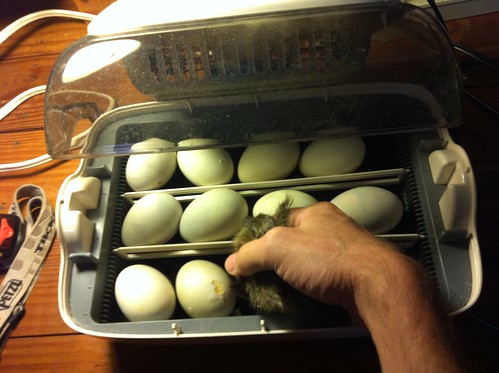
I found this useful matrix from an uncomfortably compelling (more on that later) interspecies site called The Goosemother:
1.
DUCKLING sees DUCK.
DUCKLING is a DUCK.
MOM is a DUCK.
DUCKLING sees DUCKLINGS.
DUCKLING is also a DUCKLING SIBLING
All DUCKLINGS love MOM.
DUCKLINGS grows to be DUCKS.
DUCKS don’t need MOM.
DUCKS like other DUCKS.
DUCKS mate with DUCKS.
MOM is now just another DUCK.
2.
DUCKLING sees HUMAN
DUCKLING is a HUMAN
MOM is a HUMAN
DUCKLING sees DUCKLINGS
DUCKLING is also a DUCKLING SIBLING
All DUCKLINGS love MOM
DUCKLINGS grow to be DUCKS
DUCKS don’t need MOM
DUCKS like other DUCKS
DUCKS mates with DUCKS
DUCK may love MOM, may NOT
3.
DUCKLING sees HUMAN.
DUCKLING is HUMAN.
MOM is HUMAN.
DUCKLING doesn’t see other DUCKLINGS.
DUCKLING is only HUMAN.
DUCKLING loves and needs MOM.
DUCKLING grows to be DUCK
DUCK likes HUMANS.
DUCK doesn’t mate with DUCKS.
DUCK loves MOM BEST.
From this matrix, I’d deduce the humane (duckiest) thing to do would be to raise a few of them together, let them all love me, and let them know duckhood. Ruth says I won’t have the intense pleasure of that 1:1 bond… I am torn by temptation.
